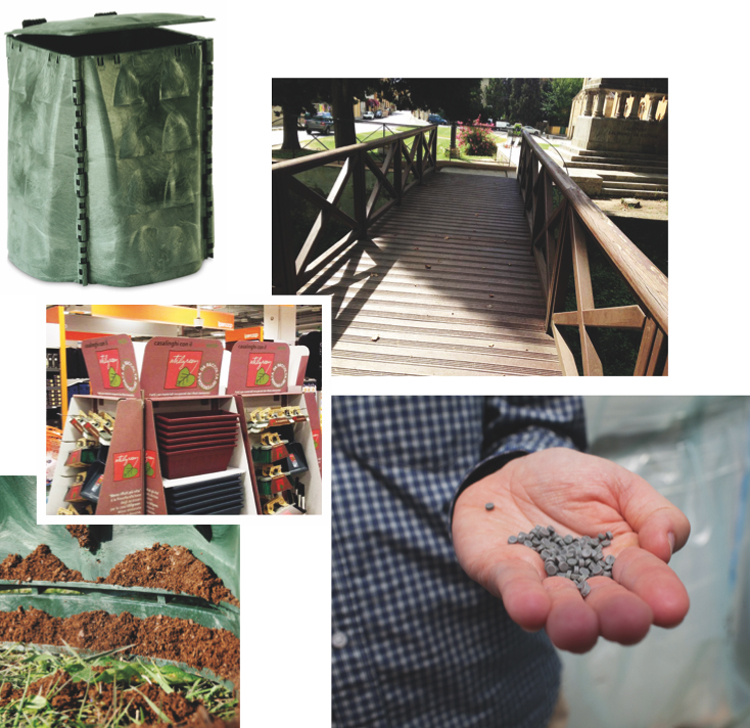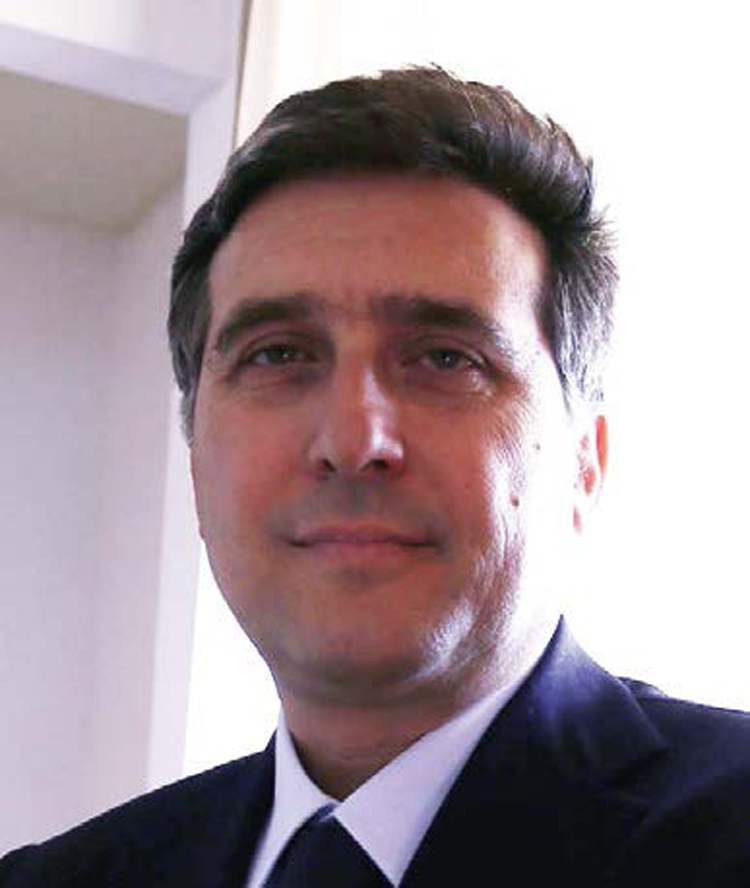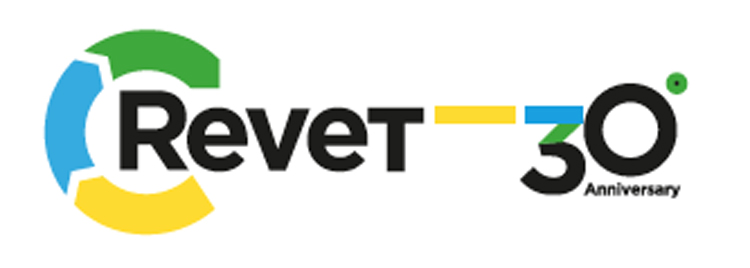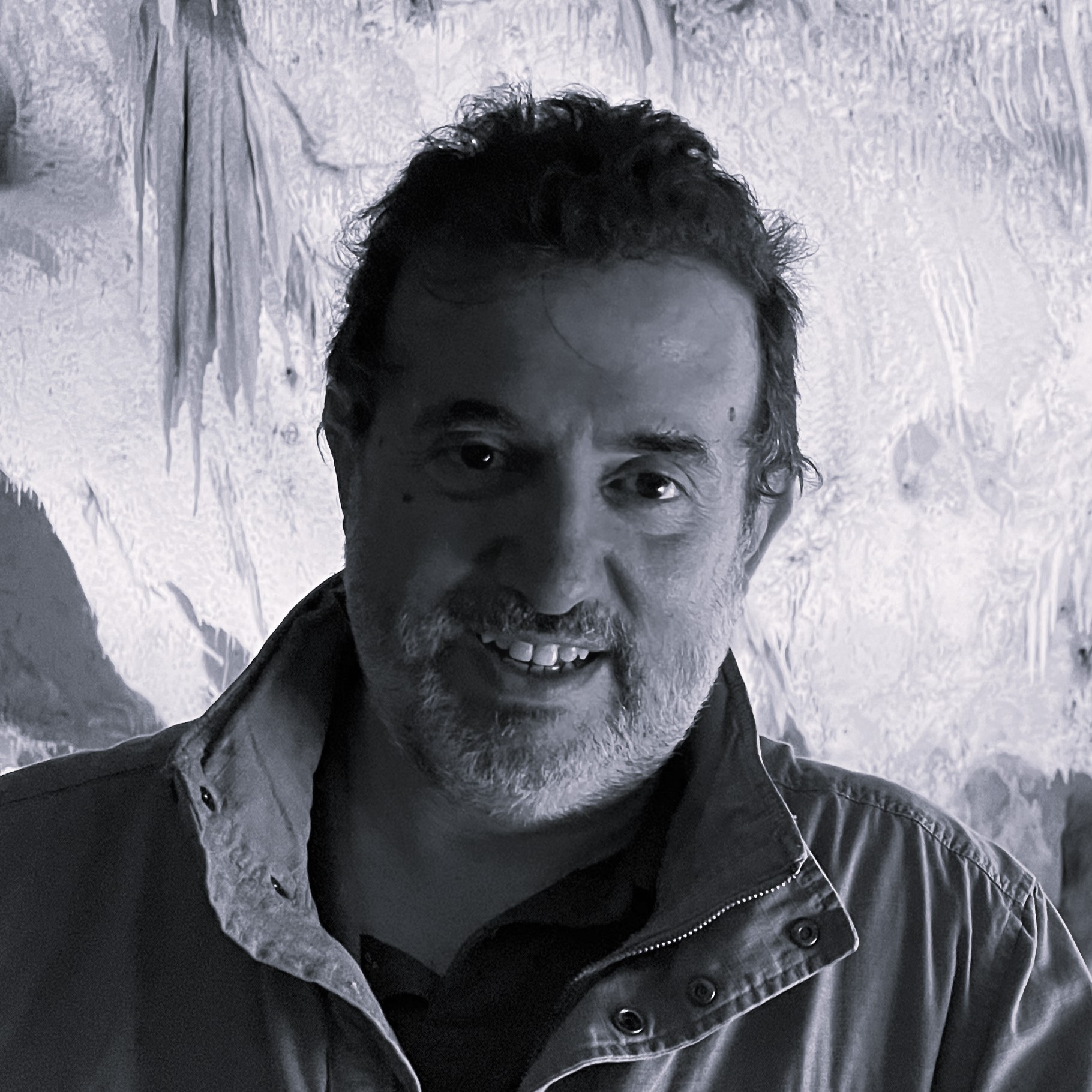In 1986, in Italy, the Italian Ministry of the Environment was created. At that time, environmental law was still extremely indefinite. Waste was collected and then sent mostly to landfills and words such as recovery, recycling and reusing were pathfinder terms. It was only eleven years later that, thanks to the Ronchi Decree, the system was organized for the first time and recycling started being discussed.
In 1986, however, someone had already started to commit themselves to this business. With respect to glass recovery, for example, a company was founded in that year in Empoli (Tuscany), named after its main activity: Revet (Glass Recovery Tuscany). Then, when the Ronchi Decree (Legislative Decree 22/97) was passed, the company committed to recovery exclusively, also thanks to Tuscany’s strategic vision and the participation of partners such as Tuscan public companies for waste management. The latter still believe in this project, considering it as the cornerstone of the successful integrated waste management cycle which has been implemented in this area.
Later on, Revet was moved to Pontedera (Pisa), where the two main recycling plants are found today: one – which is going to be dismantled in the future – for manufacturing heavy multi-material waste, and the other, more innovative, for light multi-material waste.
Today, Tuscany can boast a recycling network and supply chain that are particularly efficient and widespread. Its various facilities achieve up to a 95% recovery. Virtually, most of Tuscany’s separately collected waste – paper, glass, plastic, multi-layered packaging, steel, and aluminium – is recycled in a way that minimizes the impact on the environment, as reminded by Toscanaricicla, the first campaign common to the region’s operators in this field. Paper and cardboard are sent to paper mills in the area surrounding the city of Lucca; glass packaging is recast in glass factories near Empoli (Florence); mixed plastics are recycled in Pontedera and transformed into city furniture’s sections and granules suitable to mould other plastic products; multi-layered cardboard for beverages is recycled in a plant near Lucca, while steel and aluminium in foundries located in northern Italy.
In this landscape, Revet is responsible for collecting, selecting and recycling five materials – plastics, aluminium, steel, glass, and multi-layered cardboard (such as tetrapak) – coming from Tuscany’s separate waste collection and industrial and manufacturing activities. The company carries out this task by means of its own facilities and logistics and thanks to satellite centres spread in Tuscany as well.
However, Revet also handles the collection and selection of local industries’ and commercial activities’ waste in order to recycle it, thus meeting all the territory’s needs in a structured and effective way. In addition, the company copes with the ever-changing regulations and laws and updates its technologies and processes.
In 2015, Revet recovered 16,000 tonnes of Tuscany’s waste, made up of 65% glass, 30% plastics and 5% aluminium, steel and multi-layered packaging. Indeed, separate waste collection is the aspect which draws citizens’ attention the most. In a sense, it is at that stage that waste stops being discarded material. On a conceptual level, it is like reopening “mines”, in other words those places where matter is extracted for creating new materials and products, even though such a “mine” is the end-of-life product itself. Ultimately, it all comes to closing the circle of the so-called circular economy, which is very similar to biological cycles – and imitating them – where a cycle’s end is the condition for another’s beginning. In nature, any waste deposit is destined to be processed again. Sooner or later, every discarded material undergoes conversion, dismantling or reduction in order to be reintroduced in nature.

If we looked at the waste supply chain from the same perspective, we would realize that the step immediately following separate waste collection is the circle’s closing, because it is the starting point for reprocessing materials according to their own specificities. This way, they will become the basis for creating new materials and, consequently, new productions.
From the citizens’ point of view, separate waste collection could also be considered as the tip of an iceberg: below it, there is a heap of industrial processes needing means, skills, specific professional competences and specialized facilities in order to reintroduce materials in the productive cycles. This is definitely what happens within the industrial recycling supply chain created by Revet over the last thirty years.
The first phase is a selection aimed at recycling. Once brought to Revet’s facilities, the materials collected from companies and citizens’ separate waste collection undergo various selection processes, after which they are sorted into uniform material bales ready for being recycled at Revet Recycling’s or other companies in this business.
Then, the materials are sent to the “bale opener”– whose name explains its function: by means of metallic teeth, this machine opens the material bales, thus releasing their contents. However, the bale opener does not only tear, but also quantifies the proper amount of materials that flow into the first drum and end up in a spinning trommel screen.
At this point, a first selection takes place. Thanks to variously sized openings, bulkier materials are separated from the medium and smaller parts, in order to be destined to a final manual sorting. On the contrary, medium sized materials continue their journey for further selection.
Plastics, aluminium, and multi-layered packaging (especially tetrapak) – which can be defined as “light” waste – are vacuumed and sent to the RDS sorting plant. On the other hand, glass and steel are separated by means of magnets, which draw metal and tinplate. At this point of the process, glass is sorted manually again and then brought to Revet Vetri in Empoli – which, though being Revet’s partner, is an autonomous, self-governing company. Here, after having been cleaned one last time, glass is considered “furnace-ready” and sent to glass factories. Similarly, steel tins are brought to foundries to be recycled.
Light materials’ journey is as much elaborate. Aluminium, for instance, is separated by means of an induction machine exploiting Gauss’s law, then baled and sent to foundries to be recycled.
Plastics and multi-layered packaging are separated thanks to mechanical and optical selectors. Thus, uniform bales – of tetrapak, for example – are obtained and made ready to be sent to a specific facility near Lucca, where it is possible to recycle tetrapak’s whole cellulose fibre (almost 75% of it).
Plastics need greater care, because they have to be sorted out first by type (PET, HDPE, LDPE, PP, PS and so on) and then by colour (transparent, coloured, or blue-tinted PET). Only after these selections can plastics be sent to the companies forming a consortium with COREPLA (Italian Consortium for Plastic Packaging Collection, Recycling and Recovery) in order to be recycled. Indeed, over the last thirty years, one of the most innovative aspects regarding Revet’s most successful period was related to plastics, or rather that fraction which was harder to handle. The system created by Revet Recycling is able to manage business relationships with over 600 Tuscan plastic manufacturing companies.
As the company explains, “Revet addresses this vast audience of manufacturing companies, offering them a material that combines all virgin polymers’ features with environmental sustainability. After careful selection and cleanup, mixed plastics from Tuscany’s separate waste collection are crushed and recycled, thus obtaining a polypropylene and polyethylene-based granule – which can be compounded and mastered – suitable for the injection or blow moulding of products ranging from basic to top-notch” (compounding refers to both chemical and mechanical manufacturing processes, through which new plastic materials are obtained from different polymers, editor’s note) .
As is often the case, solving complex problems is certainly harder, but it gives cause for greater satisfaction. Basically, this is what happened with plasmix, that today accounts for 55% of the collected plastic packaging weight and whose treatment is the most crucial, since it is usually dispatched to energy recovery. Nonetheless, by creating Revet Recycling, Revet managed to capitalize it in a different way and reintroduce it in the production cycle. Revet production plant can turn plasmix into a densified substance and granules. The former is used, for example, to manufacture outdoor furniture’s sections, while the granules are suitable for moulding even the best quality plastic products.
Issue 6 and 7 of Renewable Matter had already explored plasmix’ success, which caused Revet to extend its range of action from Tuscany to international markets, with demands actually exceeding the current production. This also means that, in Italy, few companies are similar to Revet, with respect to its activity and achievements. In fact, at the Pontedera production site, they keep saying that their model is worth being exported and, after thirty years, it is hard not to agree with them.
Roberto Rizzo, “How to Turn a Plastic Cup Into a Scooter”, Renewable Matter issue 6 and 7, October-December, 2015; tinyurl.com/hhrwdgj
 Interview with Alessandro Canovai, Revet Spa and Revet Recycling Chairman.
Interview with Alessandro Canovai, Revet Spa and Revet Recycling Chairman.
Edited by Marco Gisotti
Sensitive but Ambitious
Alessandro Canovai – who has been Chairman for few months but has already fit in perfectly – explains that “Revet’s anniversary proves that Tuscany’s sensitivity towards recovery and recycling is rooted in its distant past. Over the years, Revet’s structure changed: born as a private company, now it is mostly public. Today, we could say that the time has come for Revet 2.0. Its partners, who are mainly companies holding public service concessions, have become concessionaires for the whole waste management cycle. This was possible since Tuscany started with the heavy multi-material management and shifted to mono-materials more recently.”
Plastic is Revet’s key to success. This is the reason why you created Revet Recycling as well…
“Today, the plastic supply chain serves 86% of Tuscan citizens. We are aiming to extend the service and improve material selection skills by opening two new production plants – one in Prato and the other expanding Pontedera’s plant – and, subsequently, turning to southern Tuscany. As usual, the goal is optimizing our products to the outmost.
“Creating Revet Recycling for hardest-to-recycle plastics proved to be a successful choice, not only as regards the processes and technologies involved, but also with respect to the market it started off: today, demands are actually twice our current production.
“Indeed, granules selling has become Revet Recycling’s core business and accounts for exports as well. Our current ambition is to manage to manufacture the granules autonomously in Tuscany, thus closing, in a sense, the supply chain. On this point, we are expecting to be helped by the new green public procurement regulations.”
“However, such a change has been possible thanks to intense research activity, meaning new skills and professional competences...
“Undoubtedly, Research & Development is the most important phase, since plasmix requires a “formula” fitting local research facilities and relying on materials technology experts.
“In 2008, Revet counted little more than a hundred workers. Today, we are 157, plus the number of workers from the allied activities.
In this sense, professions and competences are important, not to say crucial.”
Since the Environmental Bill was passed, this field is facing new prospects. In your opinion, what kind of incentives are needed?
“Apart from promoting green purchases with any means, it would be necessary to take action on VAT. If VAT on recycled products were eliminated, not only would costs be reduced for end consumers, but also the situation would be fairer, since, during those materials’ life cycle, VAT has already been paid at least once.”
A Logo for the 30th Anniversary
Communication must keep up with the times. Even if waste was not very appealing in the past, today, boasting about a scooter made of recycled plastic is fashionable, as well as wearing a polyester dinner suit made from water bottles, like the English actor Colin Firth did on the occasion of the Academy Awards ceremony.
Indeed, communication is fundamental. As regards waste, this means bringing up citizens to separate waste collection and showing them the purpose of their efforts with facts and figures. Therefore, a logo is attached great importance, especially since it has to say “I am here and have been for thirty years.”
Consequently, in order to celebrate Revet’s birth in Empoli in 1986, a celebratory logo will be used for the entire year 2016.
“Actually, the 30th anniversary logo already includes Revet’s new logo which will be used from 2017 on – the company explains. The font’s style is more industrial and modern, and the image composition has been better harmonized, by adjusting proportions and modifying the arrows. On the contrary, the colours remain unchanged, so that a comprehensive view assures natural continuity with the past, thus allowing all Tuscans to recognize the logo immediately.”

Info


